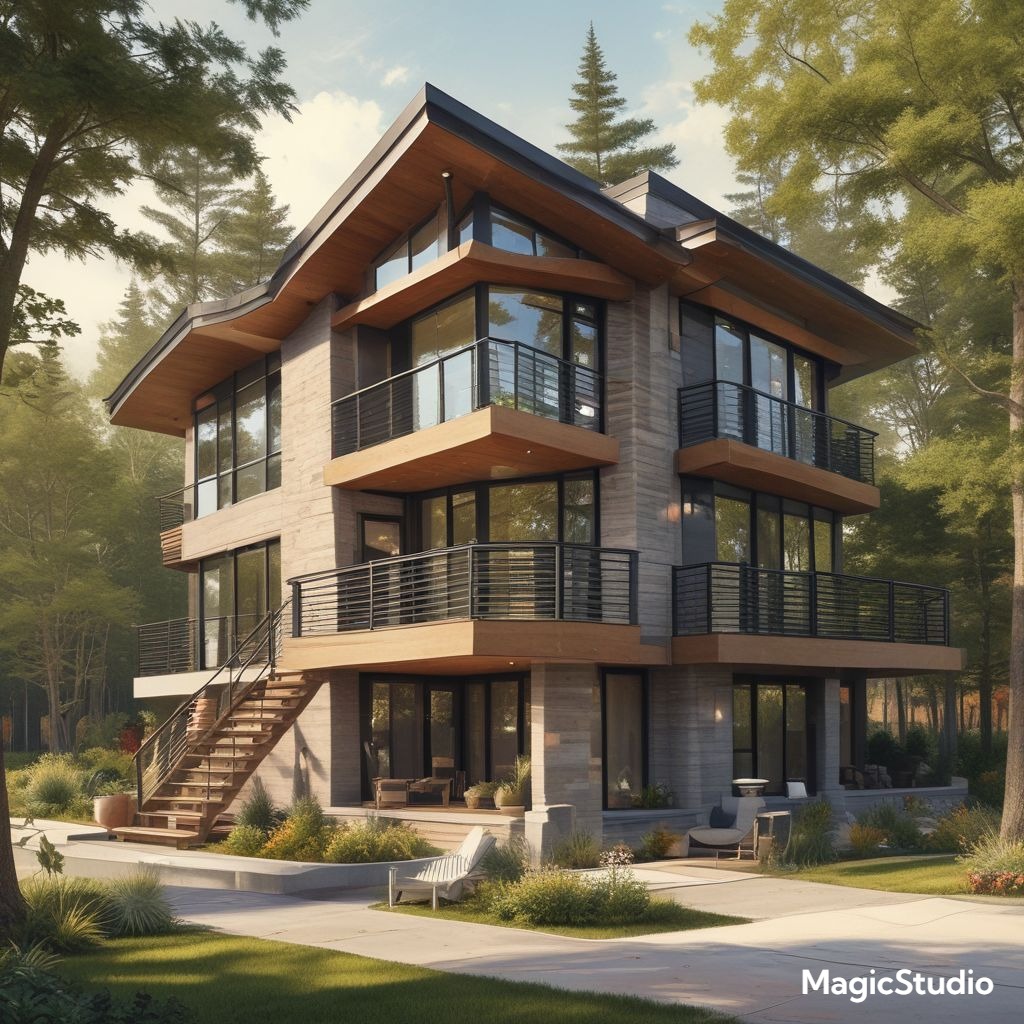Designing a modern 4-bedroom house is a thrilling project, offering ample space for family life and personal expression. It’s an opportunity to create a home that reflects your unique style and caters to your family’s needs. This article explores 30 design ideas for 4-bedroom modern houses, encompassing color palettes, architectural elements, and the latest trends from the US and EU.
Open Floor Plan with Integrated Living Spaces
The open floor plan concept remains popular in modern homes, emphasizing fluidity and connection between living areas. This design seamlessly blends the living room, dining area, and kitchen, creating a spacious and inviting atmosphere. Large windows and skylights bathe the space in natural light, further enhancing the sense of openness. The US trend is towards incorporating biophilic design elements, like indoor greenery and natural materials, to foster a sense of tranquility and well-being. In the EU, minimalist design principles are prominent, favoring clean lines, neutral colors, and functional furniture.
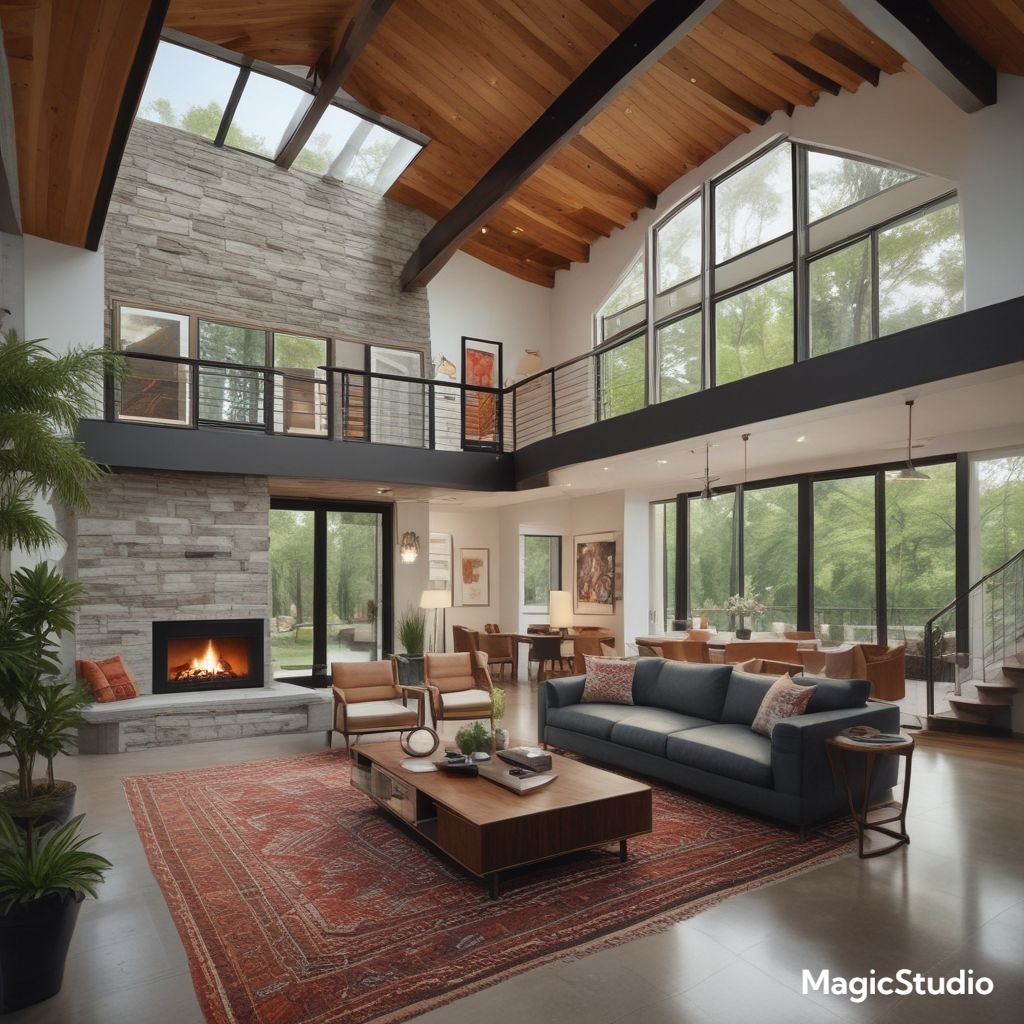
Modern Farmhouse with Rustic Touches
The modern farmhouse style blends rustic charm with contemporary design elements. This approach features clean lines and open spaces while incorporating natural materials like wood, stone, and reclaimed elements. The use of warm neutral colors like beige, gray, and white creates a welcoming and cozy atmosphere. The inclusion of exposed beams, reclaimed wood accents, and vintage light fixtures adds rustic charm. This style is particularly popular in the US, where it reflects a desire for connection with nature and a simpler lifestyle. In the EU, a similar trend is seen with a focus on sustainable and locally sourced materials.
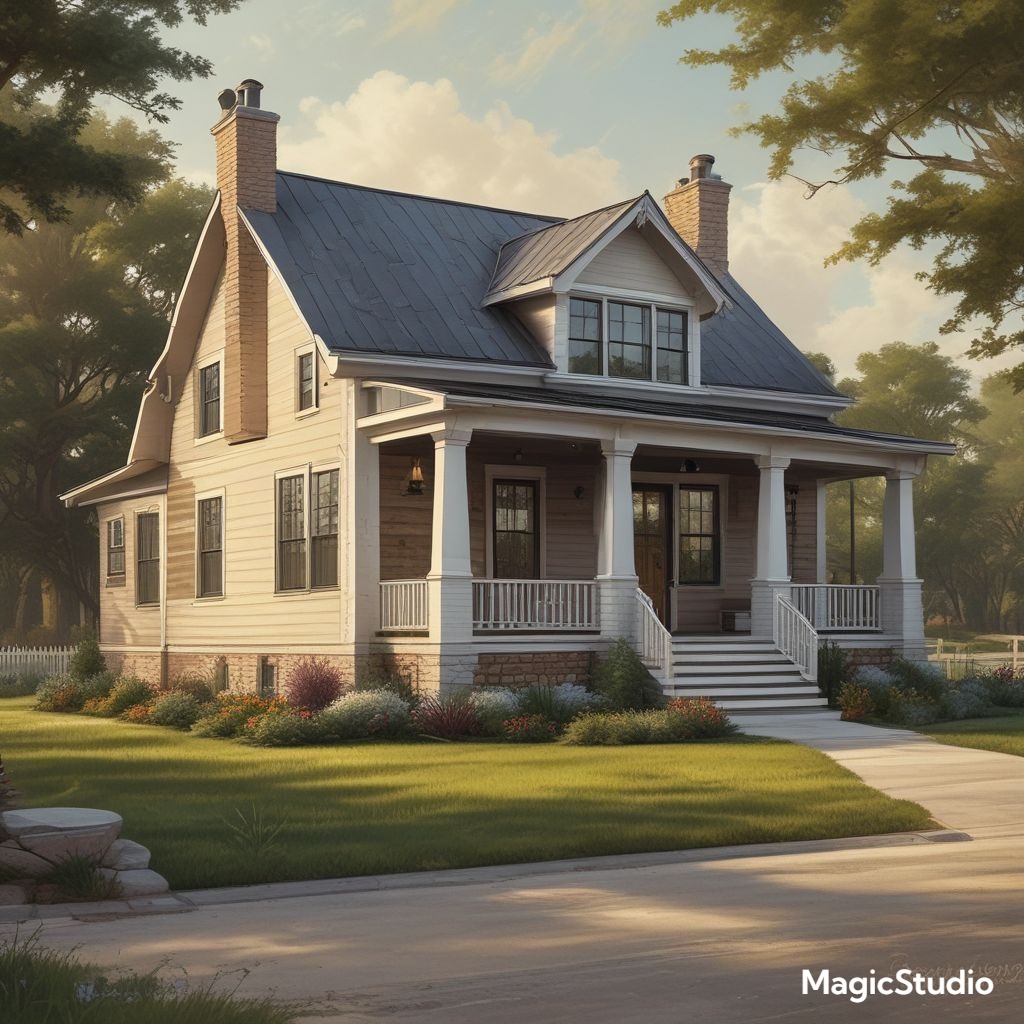
Industrial Chic with Exposed Brick and Metal
Industrial chic embraces the raw beauty of exposed elements and urban textures. This style features exposed brick walls, concrete floors, and metal accents. The use of reclaimed materials, such as vintage lighting and industrial-style furniture, adds character and history to the space. The color palette typically features grays, blacks, and metallic tones. The use of large windows and open floor plans creates a sense of spaciousness and airy openness. This style is popular in both the US and EU, reflecting a contemporary appreciation for authentic textures and materials.
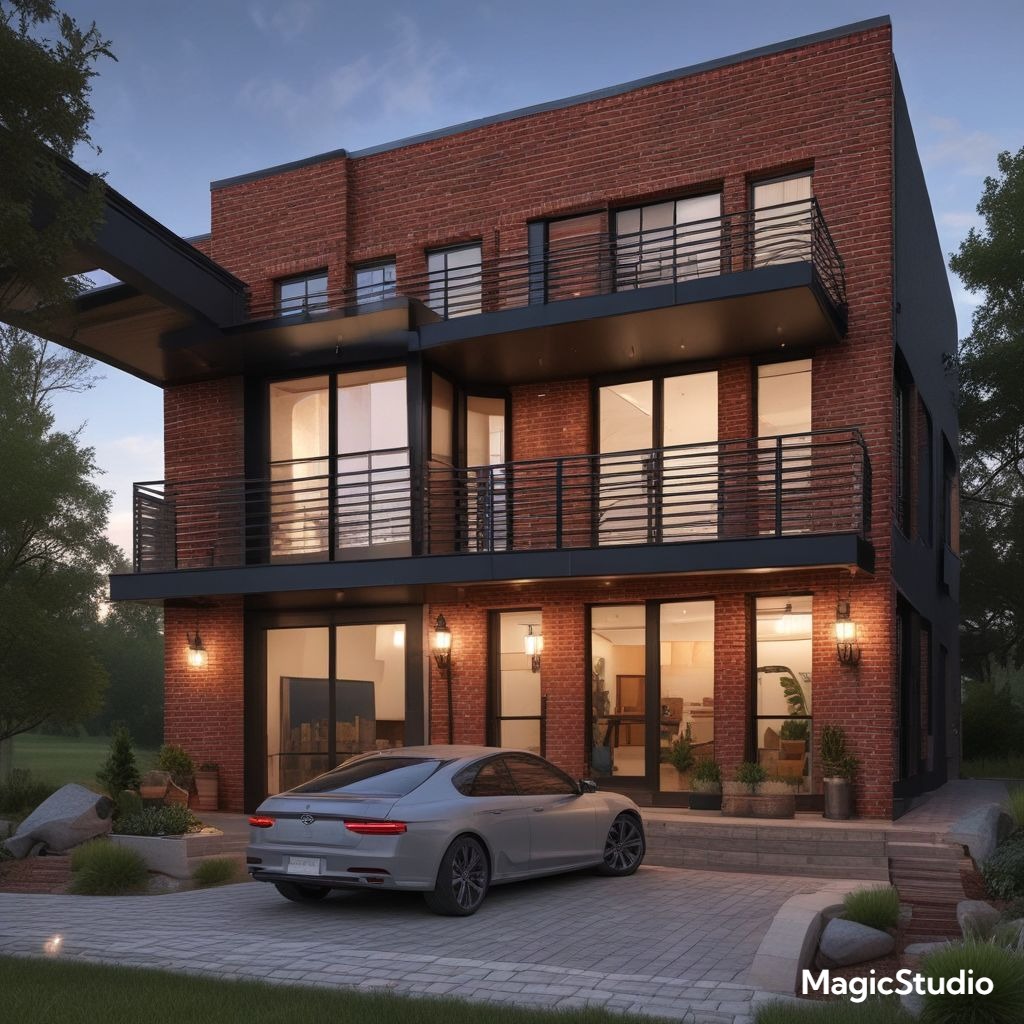
Minimalist Elegance with Clean Lines and Neutral Tones
Minimalist design emphasizes functionality and simplicity, using a clean and uncluttered aesthetic. The color palette features neutral tones like white, gray, and black, creating a calming and serene atmosphere. Simple geometric shapes and sleek lines define the furniture and architectural elements. Natural materials like wood and stone are often incorporated to add warmth and texture. This style is popular in both the US and EU, reflecting a contemporary desire for simplicity and functionality.
Contemporary Scandinavian with Light Woods and Natural Elements
Scandinavian design embraces simplicity, functionality, and a connection to nature. The style features light woods, such as birch and pine, and natural elements like wool and linen. The color palette typically features white, gray, and light pastels, creating a bright and airy atmosphere. The use of simple lines and geometric shapes defines the furniture and architectural elements. The style is known for its emphasis on natural light, with large windows and skylights. This style is popular in both the US and EU, reflecting a global trend towards a more natural and minimalist lifestyle.
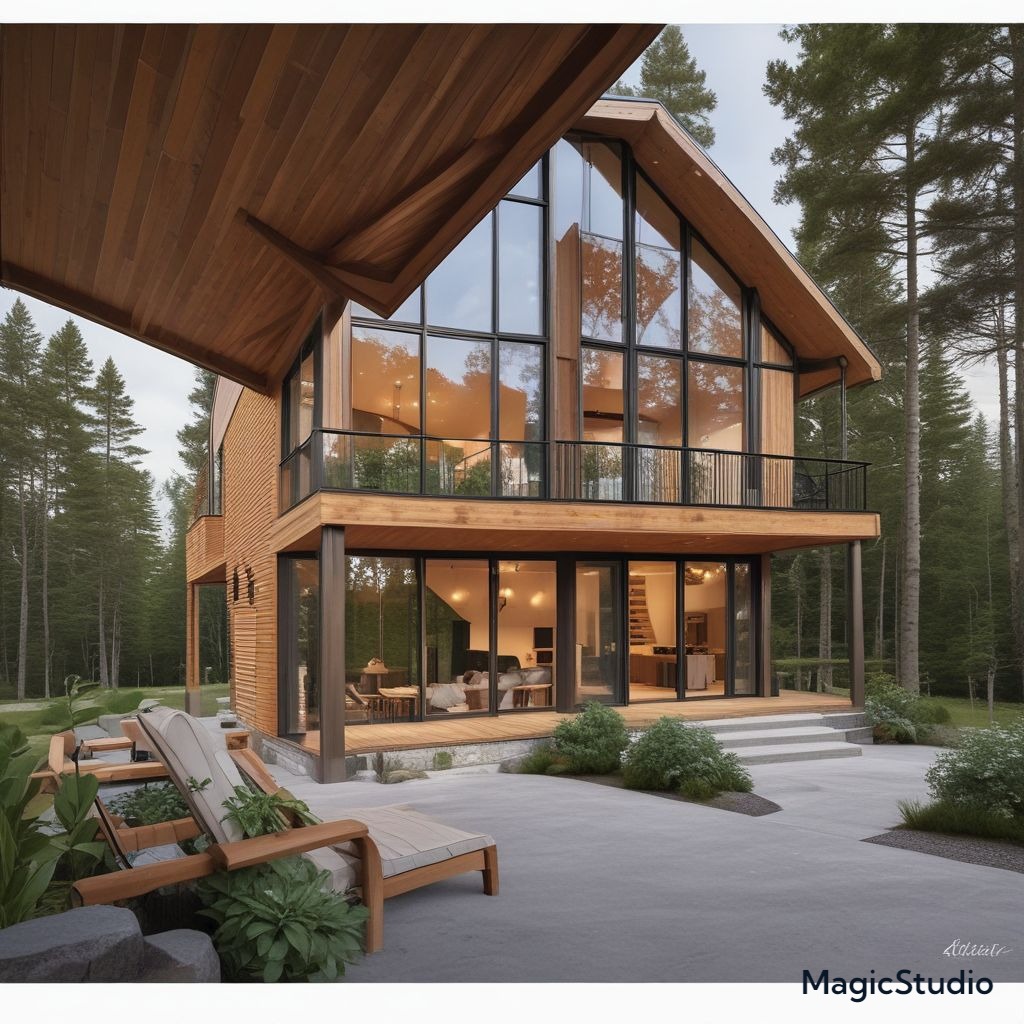
Mid-Century Modern with Iconic Furniture and Bold Colors
Mid-Century Modern design captures the spirit of the 1950s and 1960s, emphasizing sleek lines, geometric shapes, and functionality. The style features iconic furniture pieces from designers like Eames and Saarinen, along with bold colors like mustard yellow, teal, and burnt orange. Natural materials like wood and leather are often used for furniture and flooring, creating a warm and inviting atmosphere. This style is popular in both the US and EU, reflecting a growing appreciation for retro design trends and a desire for bold and expressive spaces.
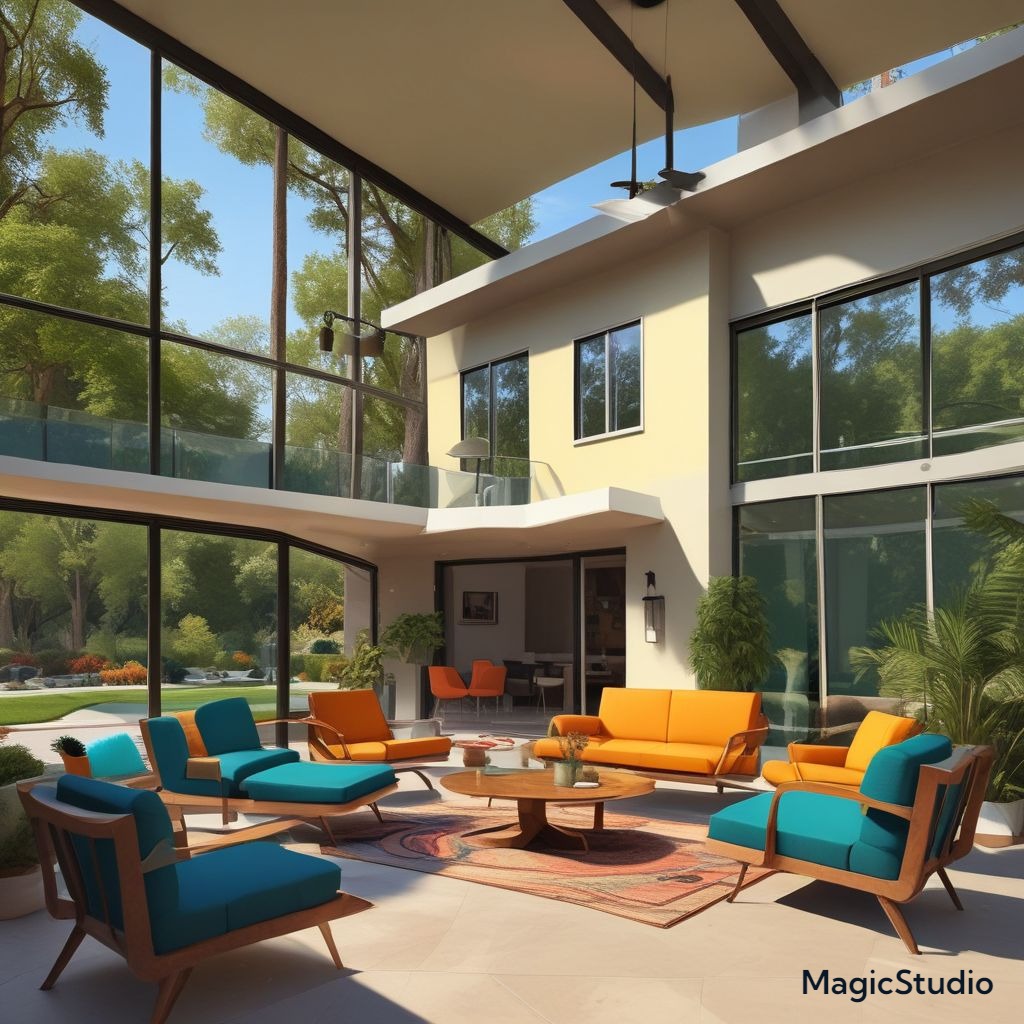
Mediterranean Charm with Terracotta Tiles and Warm Colors
Mediterranean design evokes a sense of warmth, sunshine, and relaxed living. The style features warm terracotta tiles, stucco walls, and arched doorways. The color palette typically features earthy tones like ochre, terracotta, and olive green. Natural materials like stone, wood, and wrought iron are often incorporated into the design. This style is popular in the US, especially in regions with warm climates, and is also seen in parts of the EU with similar Mediterranean influences. This style brings a sense of history and warmth to the home.
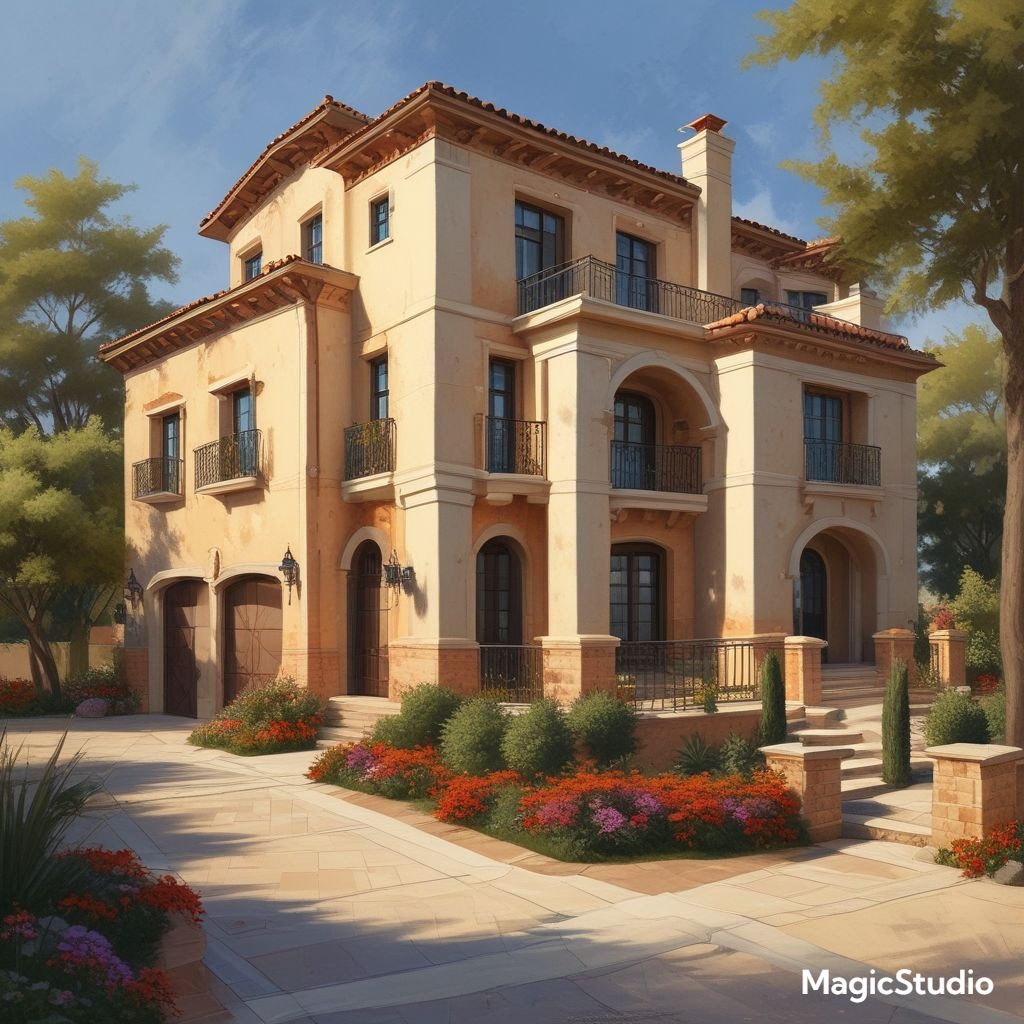
Contemporary Tropical with Natural Elements and Lush Greenery
Contemporary Tropical design brings the spirit of the tropics indoors. The style features natural materials like wood, rattan, and bamboo. The color palette typically features bright and vibrant colors like turquoise, coral, and lime green. The use of large windows and sliding doors brings the outdoors in, creating a sense of space and connection with nature. The use of lush greenery and tropical plants further enhances the tropical feel. This style is popular in the US, particularly in coastal regions and warm climates, as it brings a feeling of relaxation and escape.
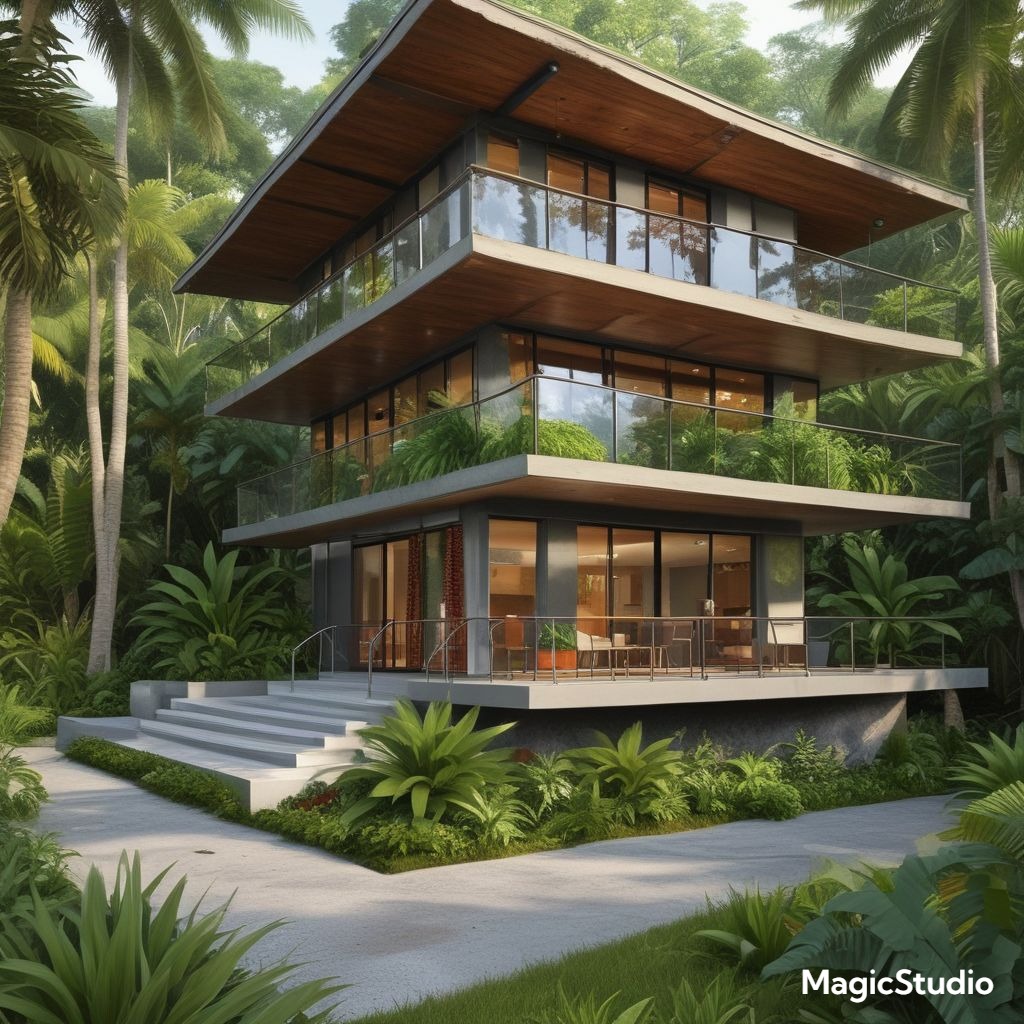
Modern Coastal with Light and Airy Design
Modern Coastal design captures the essence of beach living. The style features light and airy colors like white, blue, and green. Natural materials like wood, wicker, and linen are often incorporated into the design. The use of large windows and sliding doors brings in natural light and ocean views. The style often incorporates nautical elements like shiplap walls, rope accents, and seashells. This style is popular in the US and EU, particularly in coastal areas, as it evokes a sense of calm and relaxation.
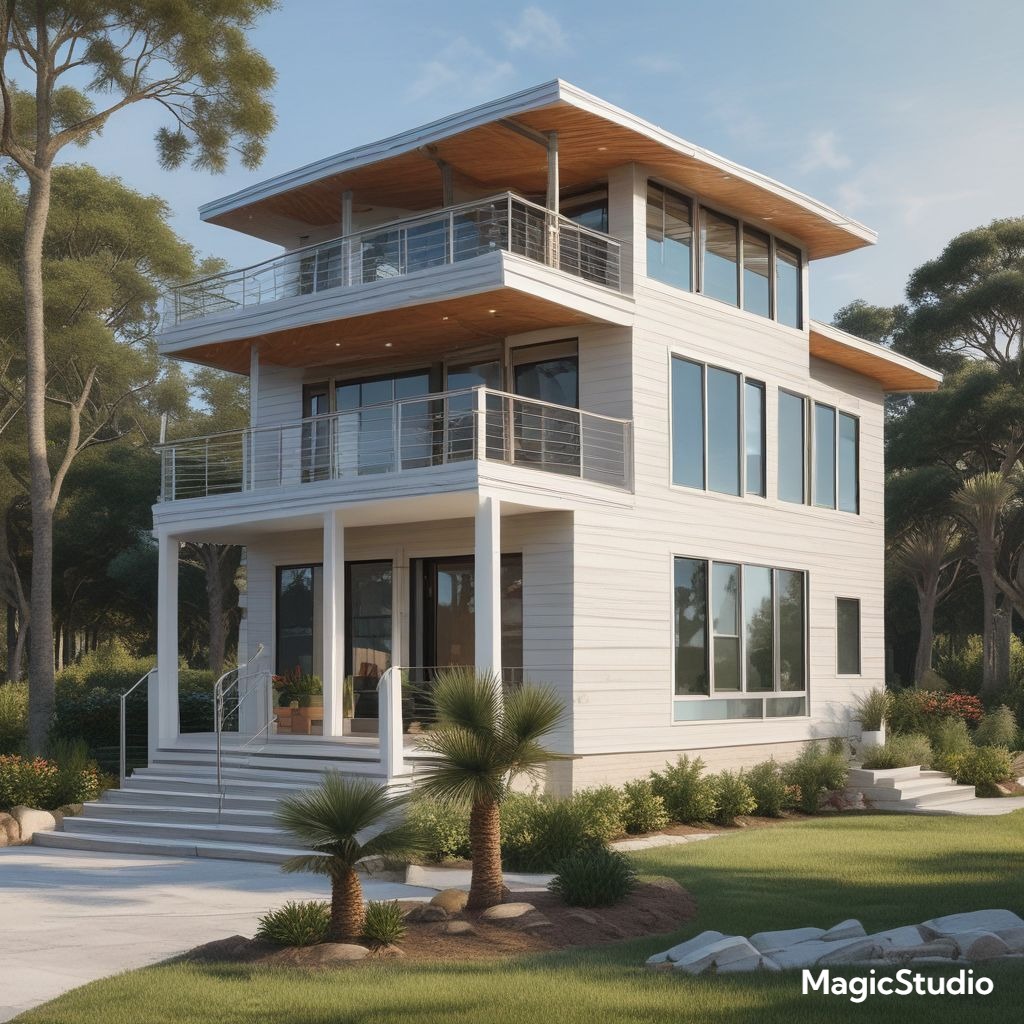
Sophisticated Gray and White with Black Accents
A gray and white color scheme is a timeless choice for modern homes, offering a sophisticated and elegant look. The use of white creates a sense of space and light, while gray adds depth and dimension. Black accents provide contrast and add a touch of drama. This color palette can be used in a variety of ways, from minimalist to more eclectic, and pairs well with natural materials like wood and stone. This approach is popular in both the US and EU, reflecting a preference for clean lines and a modern aesthetic.
Bold and Vibrant with Jewel Tones
For those who prefer a bolder and more expressive design, using jewel tones like emerald green, sapphire blue, and ruby red can create a stunning and vibrant space. These colors add drama and richness to the interior, while still maintaining a modern feel when used with clean lines and minimalist furniture. To avoid overwhelming the space, consider using these colors as accents, such as on a statement wall, furniture upholstery, or artwork. This approach is becoming increasingly popular in both the US and EU, reflecting a growing appreciation for bold and vibrant interiors.
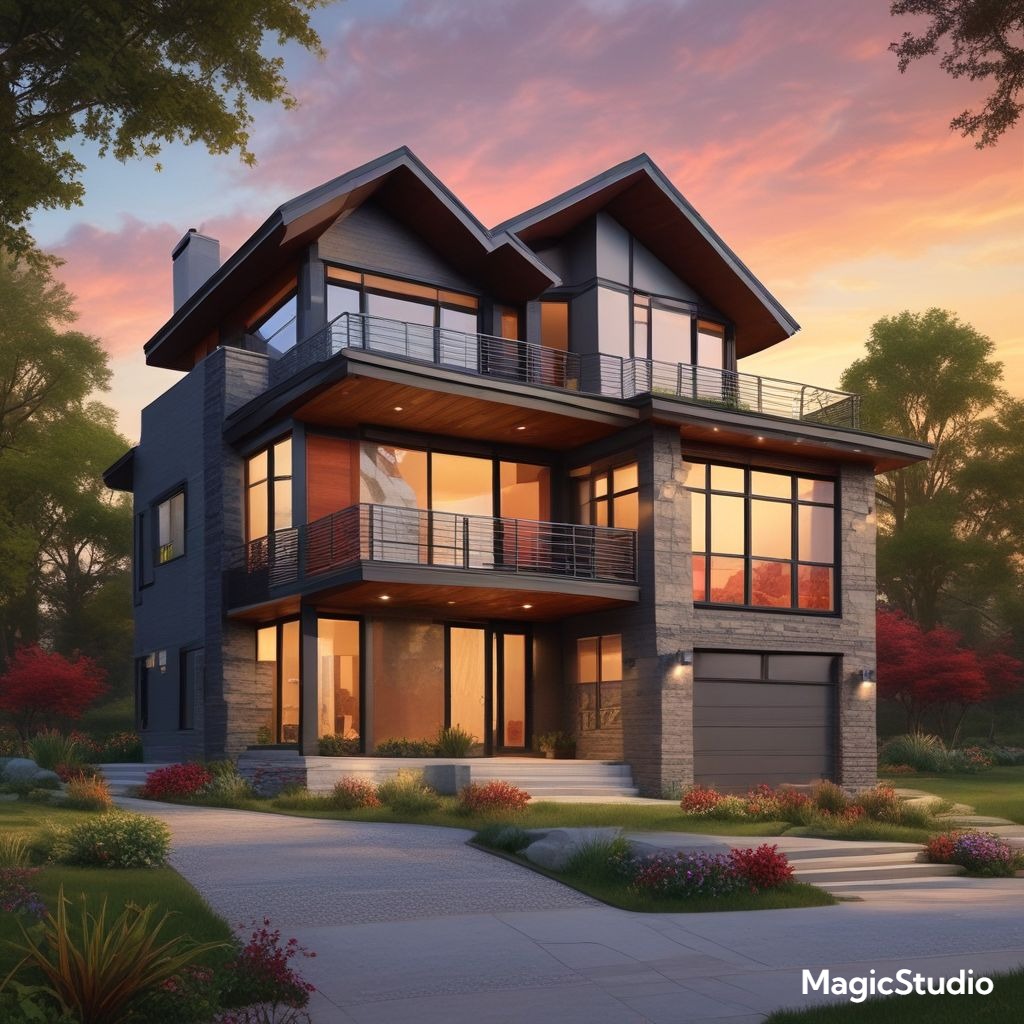
Earthy Tones with Warm Wood and Stone
An earthy color palette featuring browns, tans, and greens creates a warm and inviting atmosphere. These colors are often paired with natural materials like wood and stone, adding texture and depth to the space. This style can be either minimalist or more rustic, depending on the specific materials and furniture chosen. The use of earthy tones reflects a growing trend towards natural and sustainable design. This approach is popular in both the US and EU, particularly in homes seeking a sense of calm and connection with nature.
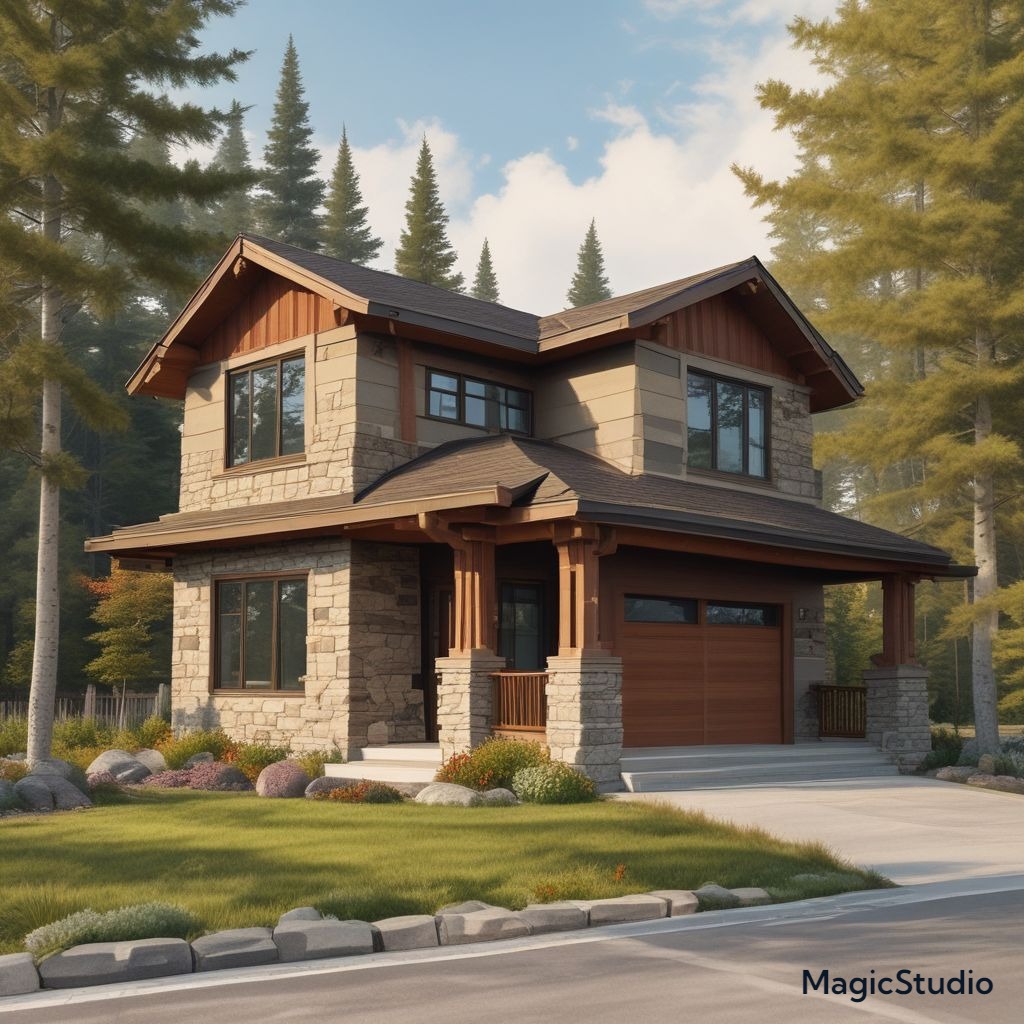
Metallic Accents with Gold, Silver, and Copper
Metallic accents, such as gold, silver, and copper, can add a touch of glamour and sophistication to a modern home. These accents can be incorporated in a variety of ways, including lighting fixtures, furniture hardware, and decorative elements. Metallic accents pair well with neutral color palettes, like white, gray, and black, and can be used to create a statement in any room. This approach is popular in both the US and EU, reflecting a growing desire for luxurious and elegant spaces.
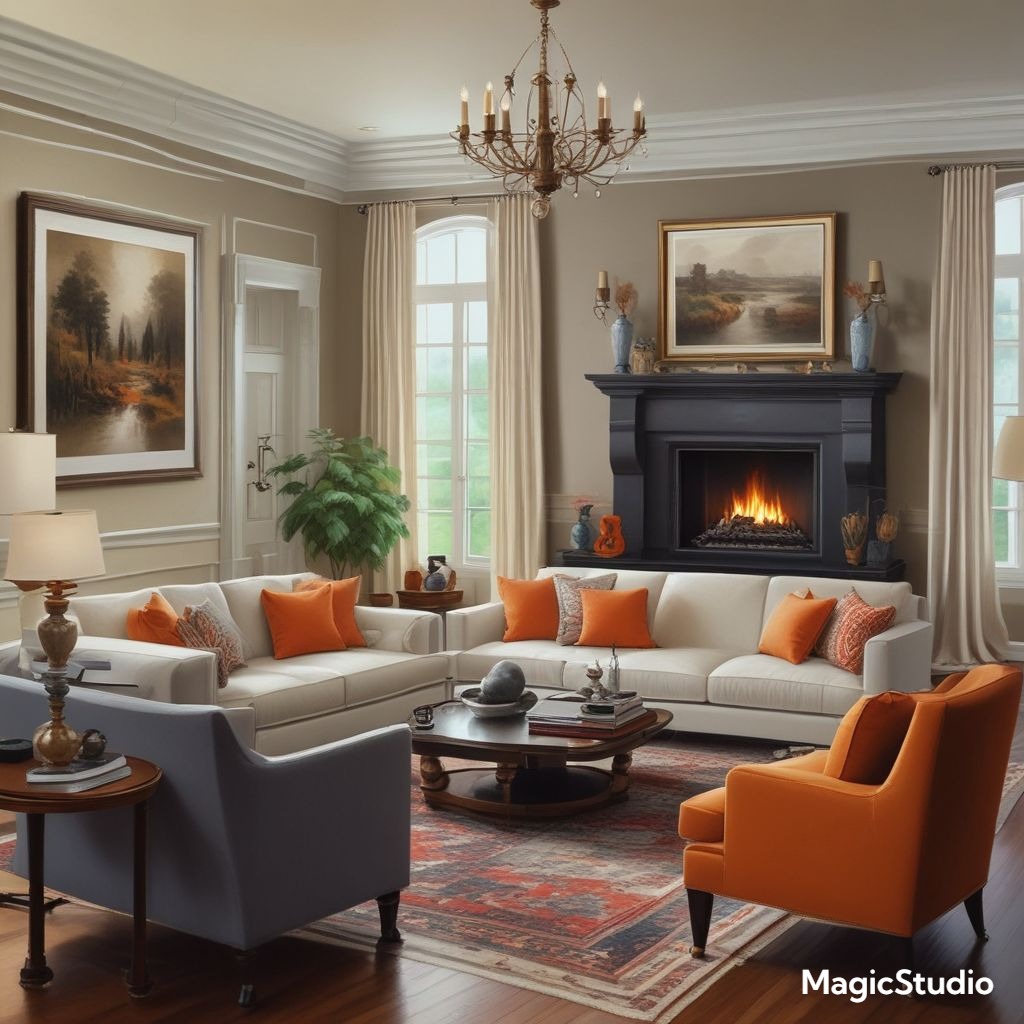
Contemporary Art Deco with Geometric Patterns and Metallic Finishes
Art Deco design draws inspiration from the 1920s and 1930s, featuring geometric patterns, metallic finishes, and bold colors. This style can be incorporated into a modern home by using geometric wallpaper, patterned rugs, or furniture with metallic accents. The use of bold colors, like emerald green, sapphire blue, and gold, adds a touch of drama and glamour. This approach is popular in both the US and EU, reflecting a growing appreciation for historical design trends and a desire for sophisticated and unique spaces.
Japanese Minimalism with Natural Materials and Tranquil Spaces
Japanese minimalism embraces simplicity and functionality, with a focus on creating tranquil and serene spaces. The style features natural materials like wood, bamboo, and paper. The color palette typically features neutral tones like white, gray, and beige. The use of simple lines and geometric shapes defines the furniture and architectural elements. This approach emphasizes a sense of calm and balance, reflecting a growing interest in mindfulness and well-being. This style is popular in both the US and EU, reflecting a global trend towards a more minimalist and mindful lifestyle.
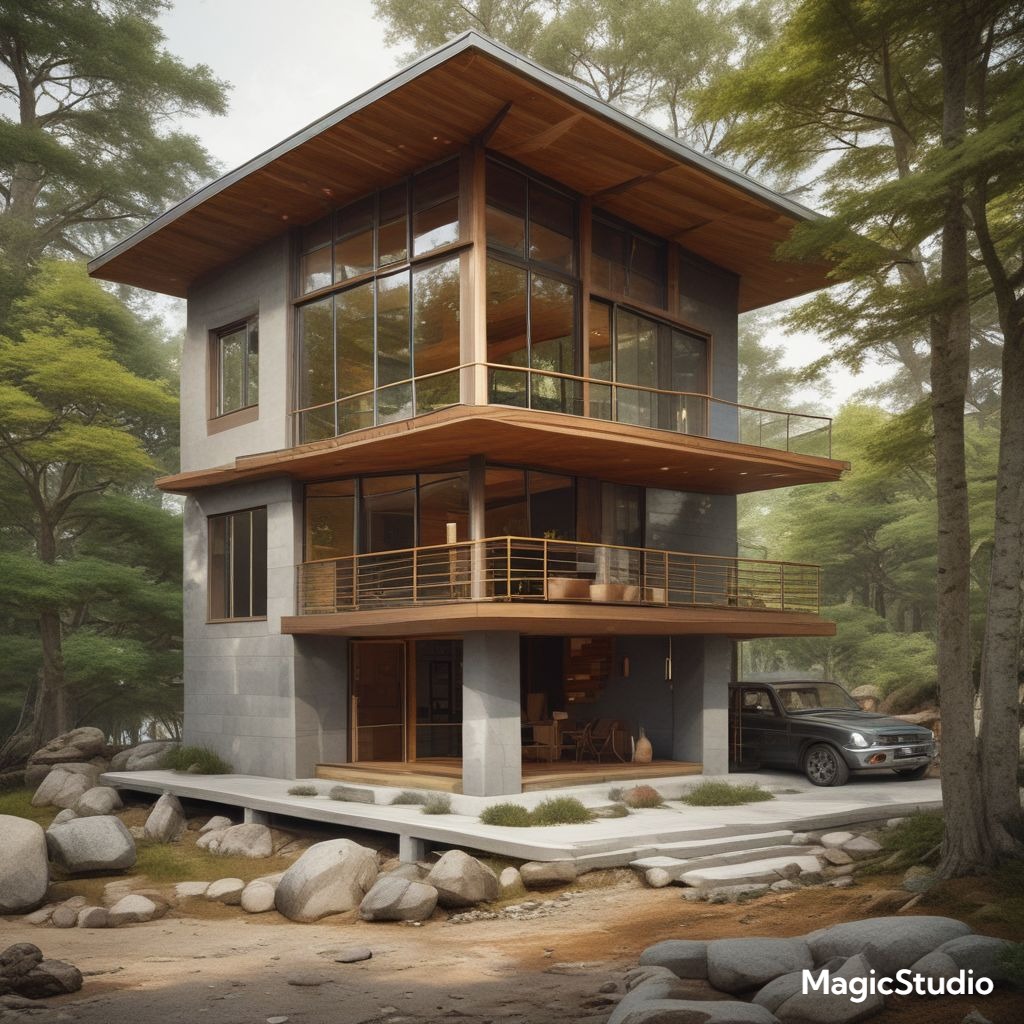
Smart Home Features with Automated Lighting and Security
Smart home technology is rapidly becoming an integral part of modern home design. Integrating smart features, such as automated lighting, security systems, and voice control, can create a more comfortable and efficient living environment. This approach allows homeowners to control their home’s functions remotely, enhancing security and energy efficiency. This is a rapidly growing trend in both the US and EU, reflecting a desire for convenience and technological innovation.
Sustainable Design with Energy-Efficient Features and Eco-Friendly Materials
Sustainable design principles are increasingly important in modern home building. Using energy-efficient materials, renewable energy sources, and eco-friendly building practices can minimize environmental impact and reduce energy costs. This approach includes using solar panels, geothermal heating, and recycled materials. This trend is popular in both the US and EU, reflecting a growing awareness of the importance of sustainability and environmental responsibility.
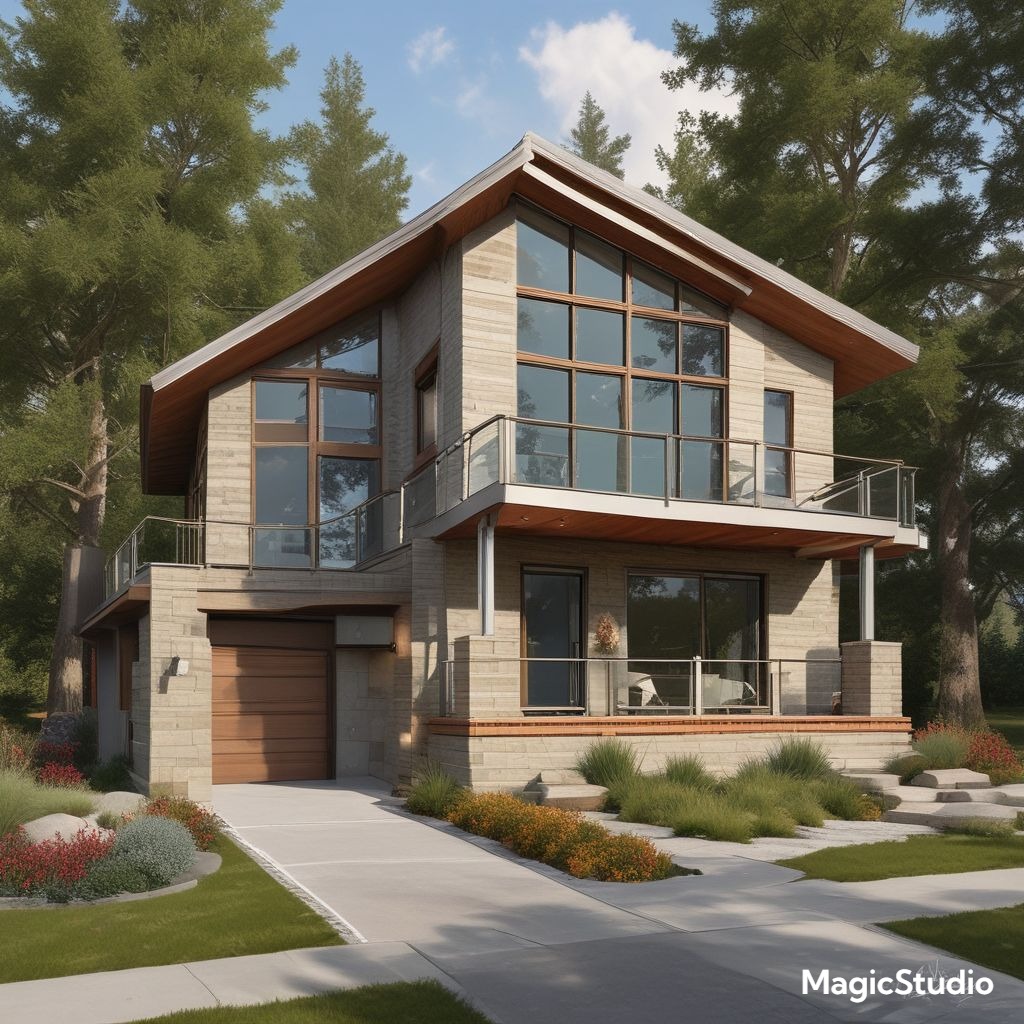
Multi-Generational Living with Separate Suites and Shared Spaces
As families evolve, the concept of multi-generational living is gaining popularity. Designing a 4-bedroom home with separate suites and shared spaces allows for privacy and independence while fostering family connection. Each suite can have its own bathroom, kitchen, or living area, providing comfort and convenience for different generations. The shared spaces, like the living room, dining area, or outdoor patio, provide opportunities for family gatherings and shared experiences. This approach is popular in both the US and EU, reflecting a changing social landscape and a desire to support multi-generational families.
